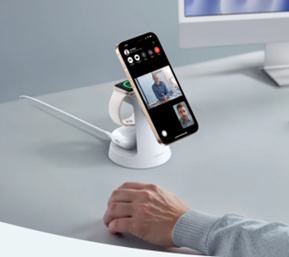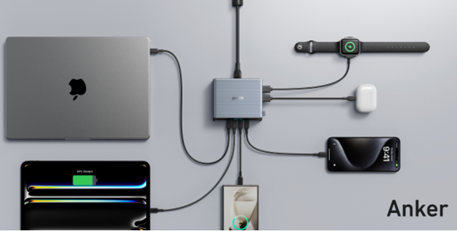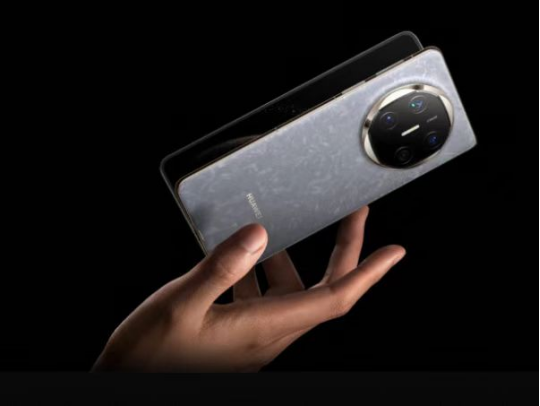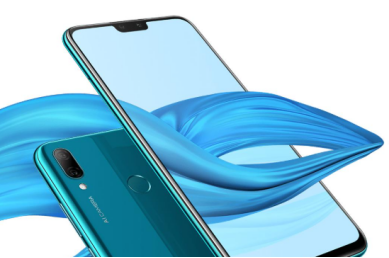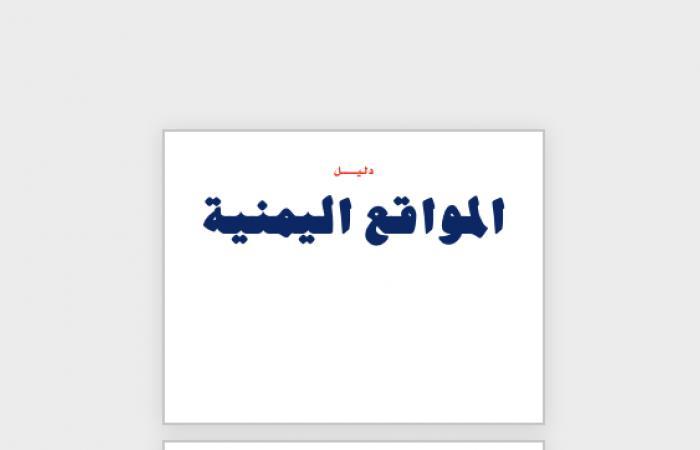Will the smartphone service save us from resorting to bank branches?
Banks send 16 text messages to their customers per second, indicating a significant increase in our reliance on smartphones to manage money rather than computers for this matter. The figures, in a report prepared by the Federation of Financial Institutions in Britain, "UK Finance", indicate that banks sent about 512 million text messages to customers informing them that their salaries had been deposited in the accounts, or that they had begun to withdraw from the additional balance.
This comes as the British Savings Trust (TSB) continues to face difficulties in providing digital services.
The five million customers of Lloyd's Bank experienced some problems while migrating data from the old owner's information system of the bank to the new owner's information system of the Spanish Bank Sabadell a month ago.
Adrian Buckle, head of research at UK Finance, said the scale of the alarm raised by the British savings fidelity dilemma reflected the extent to which consumers relied on digital services.
He added, "It is up to the sector itself to ensure that customers do not experience the same problem again. The responsibility for this does not lie only with the British Savings Trust, as the entire sector is responsible for it."
Skip topics that may interest you and continue reading. Topics that may interest youtopics that may interest you. End
The App Revolution
The report, prepared by UK Finance, said that around 5.5 million accesses to electronic banking applications occurred last year alone, which indicates an increase of 13 percent in the use of these applications compared to the numbers recorded in the year the previous.
The report added that banking applications have become the most widely used, with a rise in their usage rate to 59 percent among the age group from 16 to 24 years, and 69 percent among the age group from 25 to 34 years who use smart phones. On the other hand, only 49 percent of those aged 65 years and over who own smartphones use banking applications.
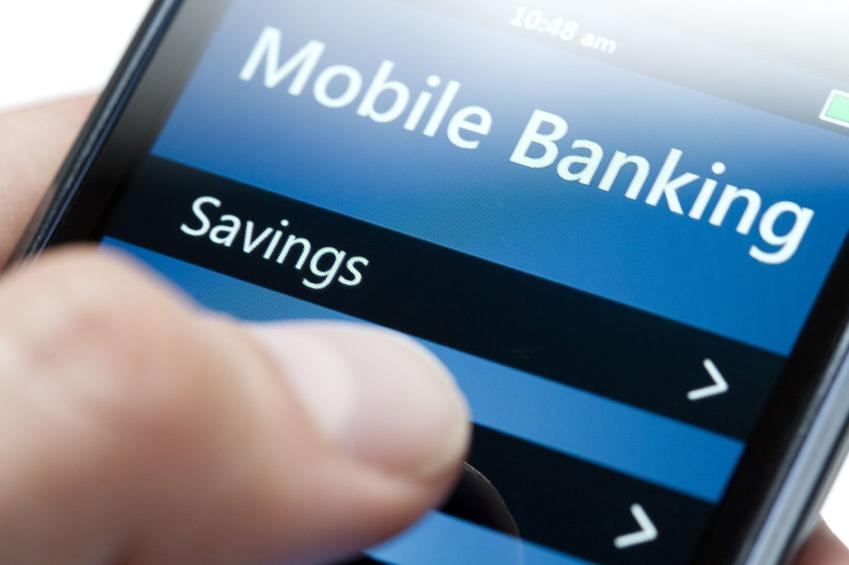
Another massive change on the horizon is a more efficient payments system now called the 'New Payments Architecture'.
It is expected that this new technology will be operational by 2021, in parallel with the existing banking technology systems for several years. In due course, it is expected that the new payment architecture will provide real-time follow-up of accounts around the clock without stopping for all payments, which means, in theory, that salaries will be paid on the same day every month even if the day of deposit falls on a holiday, which means the disappearance of "pending transactions". from bank accounts.
The new technology also includes that the customer confirms the identity of the beneficiary, instead of relying on stating the correct account number or password. Invoices and other information can also be attached to payments, helping companies to reconcile payments.
The new payments architecture could also give those who find it difficult to pay bills the opportunity to pay them in installments without the need for approvals and time-consuming paperwork.
"The top priority remains security because the British Savings Trust scandal has proven that for customers it is more important than technology that it works without fail," Buckell said.


